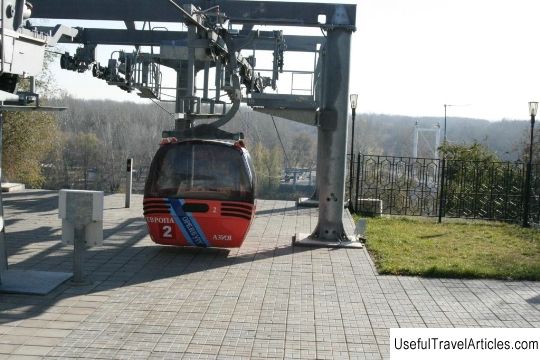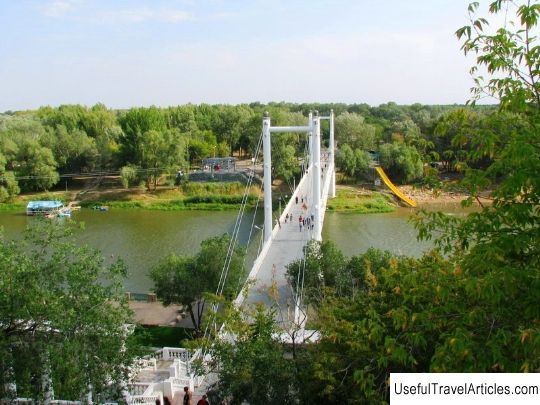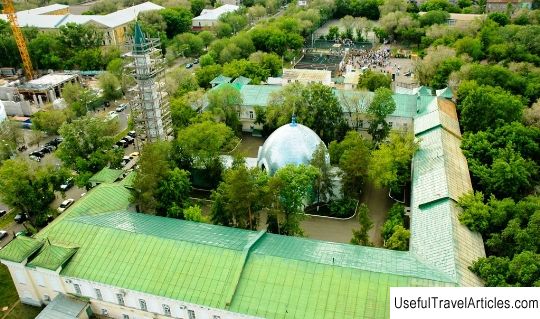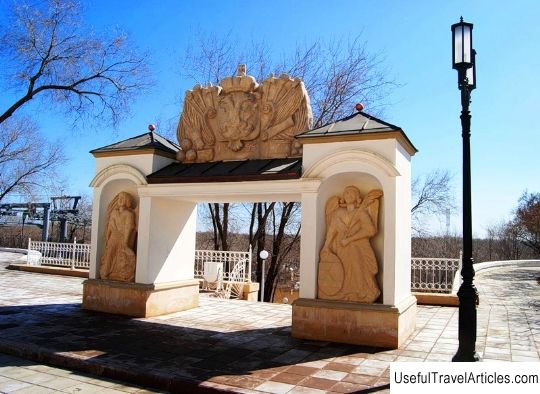Stele ”Europe-Asia” description and photo - Russia - Volga region: Orenburg
Rating: 9,5/10 (3092 votes) 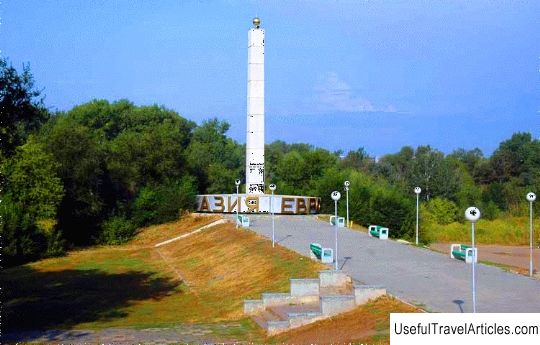
Stele "Europe-Asia" description and photo - Russia - Volga region: Orenburg. Detailed information about the attraction. Description, photos and a map showing the nearest significant objects. Photo and descriptionIn 1981, on the left bank of the Urals, near the city of Orenburg, the first sign of the border between Europe and Asia was erected in Russia. The author of the project of the border stele was the architect G.I. Naumkin. The stele, about fifteen meters high, in the form of a square column is installed on a pedestal, on different sides of which the territorial boundaries are written. On the top of the obelisk there is a stainless steel ball, symbolizing the Earth. Nowadays, the obelisk is considered a purely symbolic sign of the border zone and a tribute to the cartographers of the seventeenth century. The border was established by V.N. Tatishchev in 1736 along the Ural River and for a long time was considered a geographical truth. In 1964, at the XX Congress of the International Geographical Union in London, a more geographically justified border was adopted, but the river and the Ural ridge remained the traditional Russian landmark of the border. Orenburg, on the coat of arms of which from the day of its foundation there was a Greek-Russian cross with a crescent as a symbol of the border between Europe and Asia in this region and a variety of national cultures and religions, to this day is considered a city connecting two parts of the world. The Orenburg stele "Europe-Asia" is clearly visible from the road. The area around the obelisk was ennobled: benches, lanterns were installed, flower beds were broken, an observation deck with a decorative fence was made before descending to the sights.      We also recommend reading Diorama Storm Sapun Mountain description and photo - Crimea: Sevastopol Topic: Stele ”Europe-Asia” description and photo - Russia - Volga region: Orenburg. |
